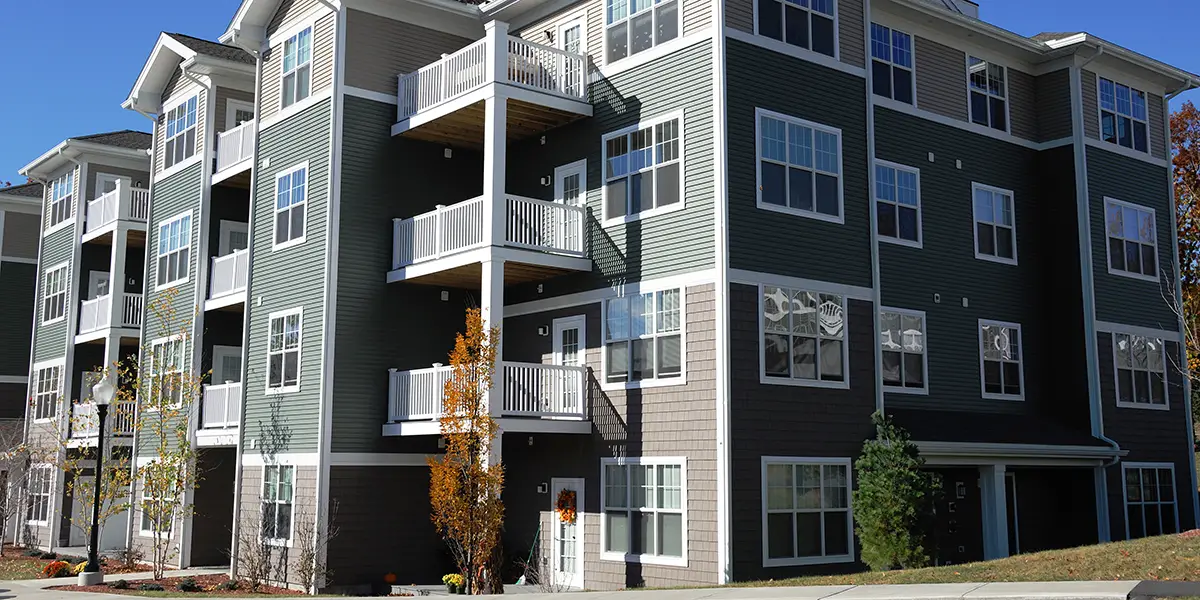
The Low-Income Housing Tax Credit (LIHTC) program has some basic requirements to get approved. These rules are set by the Internal Revenue Service of the U.S. Treasury.
Before applying for a LIHTC apartment, it’s important to start by reviewing the qualifications. If an applicant does not meet the federal requirements, they will not get the apartment.
It is first worth noting some conditions that are not taken into account when applying for an apartment:
• There is no requirement to have a family. Single persons are eligible for an apartment.
• There is no requirement to have children. Adult-only households may apply.
• There is no citizenship requirement.
• Unless the apartment is subject to other housing program requirements that do have a citizenship requirement.
To qualify for a LIHTC apartment, the household must meet the following conditions:
Depending on the apartment, qualified applicants generally must earn less than 60% of the Area Median Income (AMI) at the time they move in. Some newer LIHTC apartments may be available to applicants who earn up to 80% of AMI.
This is known as the income limit, and the amount increases for each additional member of the household (including children).
A household’s gross annual income is used to determine eligibility for LIHTC occupancy, which is the total amount of money earned by all adult members of the household.
No income adjustments (medical expenses, child care, etc…) are used to determine income eligibility.
Many LIHTC properties have tiered income limits where some units may be reserved for households earning 60% or less of the AMI. Other units are set aside only for families earning 50%, 40% or even 30% of the AMI. This rent tiering varies from one LIHTC property to the next.
Newer LIHTC apartments may have rent tiers set by using an ‘Income Averaging’ approach. Some units in these properties may be set aside for families earning as much as 80% of AMI or as little as 20% AMI.
Be sure to ask about the income tiers for an apartment, and what the monthly rent is for each tier.
For LIHTC apartment pages on Affordable Housing Online provide the standard income limits for the area that the property is located.
On an apartment listing, scroll down to the “Low-Income Housing Tax Credit Income Limits” section.
Once the income is determined, check if the apartment has any residency requirements.
Sometimes, a LIHTC apartment may only be available for certain tenants, such as elderly or disabled persons. These restrictions may also be in place for an entire community.
However, many apartments do not have any of these restrictions.
When looking for an apartment on Affordable Housing Online, LIHTC listings will show if there are any residency restrictions.
After checking for residency requirements, find out if there are any preferences for the waiting list.
Many waiting lists have preferences, such as elderly, disabled, and local applicants. These are not requirements, but are still an important part of a waiting list’s qualifications.
Applicants who qualify for preferences will receive assistance before applicants who do not. As a result, applicants who do not qualify for preferences will usually have a longer wait to receive assistance.
Even if a household doesn’t qualify for any preferences, they should still consider applying for the waiting list. Although the wait may be longer than some, it is still a legitimate opportunity for housing.
With preferences sorted out, make sure that the household can pass a background check.
Applicants will go through a background check that looks at different parts of their past. This usually includes the household’s credit, rental, and criminal history.
Failing any of these background checks will disqualify the household from getting a LIHTC apartment.
Credit Report
Applicants will likely have to submit a credit report. An applicant doesn’t need good credit to qualify, but a poor credit report may make you ineligible.
Credit decisions are made on a property-by-property basis. Depending on the geographic area and financial standards of each property owner, your credit requirements can be very different for various apartments.
Rental History
A list of prior landlords may be required, including the address of the property and landlord contact information. The LIHTC property manager may contact previous landlords for a reference.
Criminal Record
Having a criminal record may make it difficult for a person to receive housing, but it does not automatically disqualify them. A person with an arrest record, but no conviction, has a greater chance of qualifying over someone who has been convicted of their offense.
Each housing office operates differently, but may allow persons with a criminal record to qualify based on the length of time since the offense occurred, and the severity of the crime.
There are, however, some offenses that will automatically disqualify the household.
This includes persons on any state lifetime sex offender registry. Also, any person who has been evicted from federally-assisted housing in the past three years for drug-related criminal activity may be denied, unless special circumstances are met.
False Information
Make sure that the information given in an application is truthful. Putting false information in an application may disqualify the household, and get the applicant in legal trouble.
If there is confusion about filling out any part of an application, contact the housing office for help.
Now that the qualifications have been checked, start looking for LIHTC apartments that are taking applications.
Looking for housing as soon as possible?
Applying for waiting lists with no preferences may help shorten the wait for available housing.Tangala Tonya Mcfashion says:
"Affordable Housing Online is very useful and keeps you updated on all of the information."